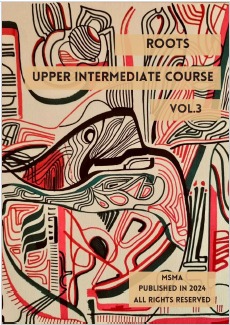Upper Intermediate Book Vol 3
Intermediate
Author - Mayukh Sarkar
Category - MSMA Text Books
Descriptions
In this book we will observe the nature of rhythm. We will see how the movement of playing alternate strokes can be used as a clock for studying the language of rhythm. These movements help us to understand the number of strokes happening per beat. Right hand movements show us the way to enter into the world of sounds and rests happening per beat. I strongly feel we have 3 perspectives of visualising the path of rhythm.
1.Number of notes played per beat
2.Number of possible rests per beat
3.Number of beats per measure
Whenever the number of strokes assigned per beat changes it adds a new dimension to the thought process. It changes the perspective and the feeling of rhythmic interpretation. My teacher always told me to practice in terms of numbers ( Goon ). One should be able to feel the number of strokes to be played per beat . It adds to our deep sense of rhythm when we are able to hear a quarter note - 1 goon , eighth note duplet - 2 goon , eighth note triplet - 3 goon , sixteenth note quadruplet - 4 goon , sixteenth note quintet - 5 goon , sixteenth note sextuplet - 6 goon , sixteenth note septuplet - 7 goon , thirty two note octuplet - 8 goon. When we learn and gain the ability to feel and execute the numbers (Goon) on a single beat it opens up a great domain of possibilities. We could relate to even and odd numbers in a very generic way. We gain the ability to relate to different paths of rhythm such as 1,2,4,8 in a chain, 1,3,6,12 in a chain, 1,5,10,20 in a chain, 1,7,14,28 in a chain and onwards. Once we have gained the sense of playing 1 stroke , 2 strokes , 3 strokes , 4 strokes , 5 strokes , 6 strokes , 7strokes , 8 strokes on a single beat, then we earn a sense of understanding the possible rests that could happen per beat according to the nature of the strokes assigned per beat.
